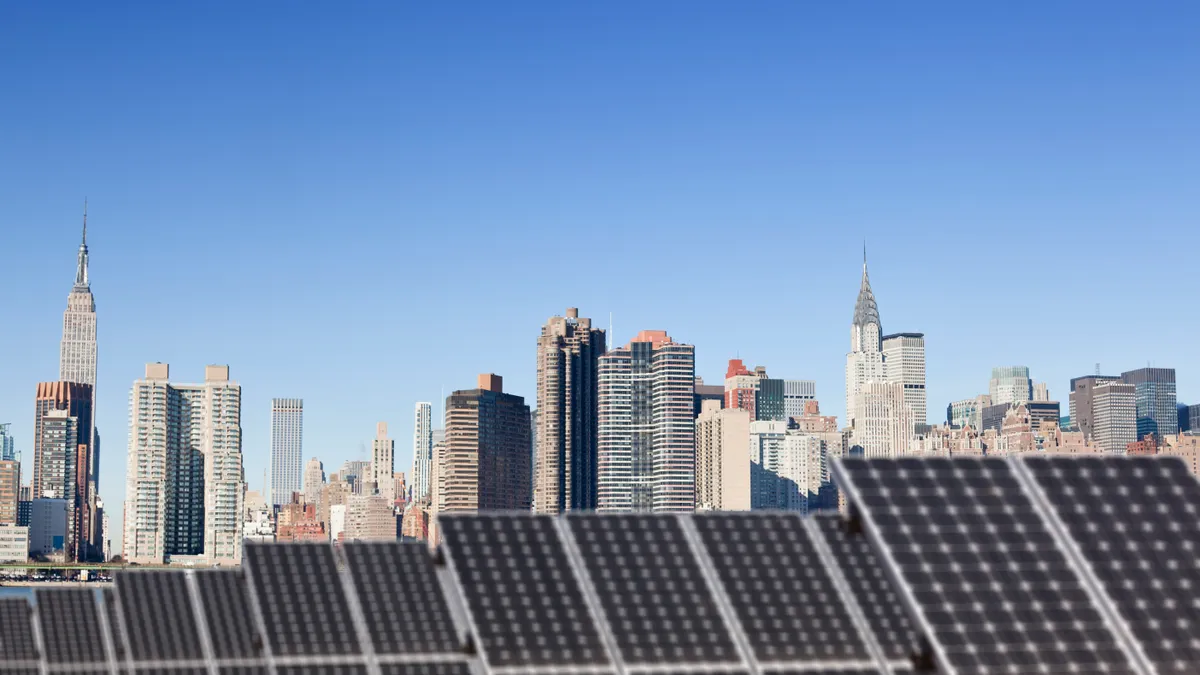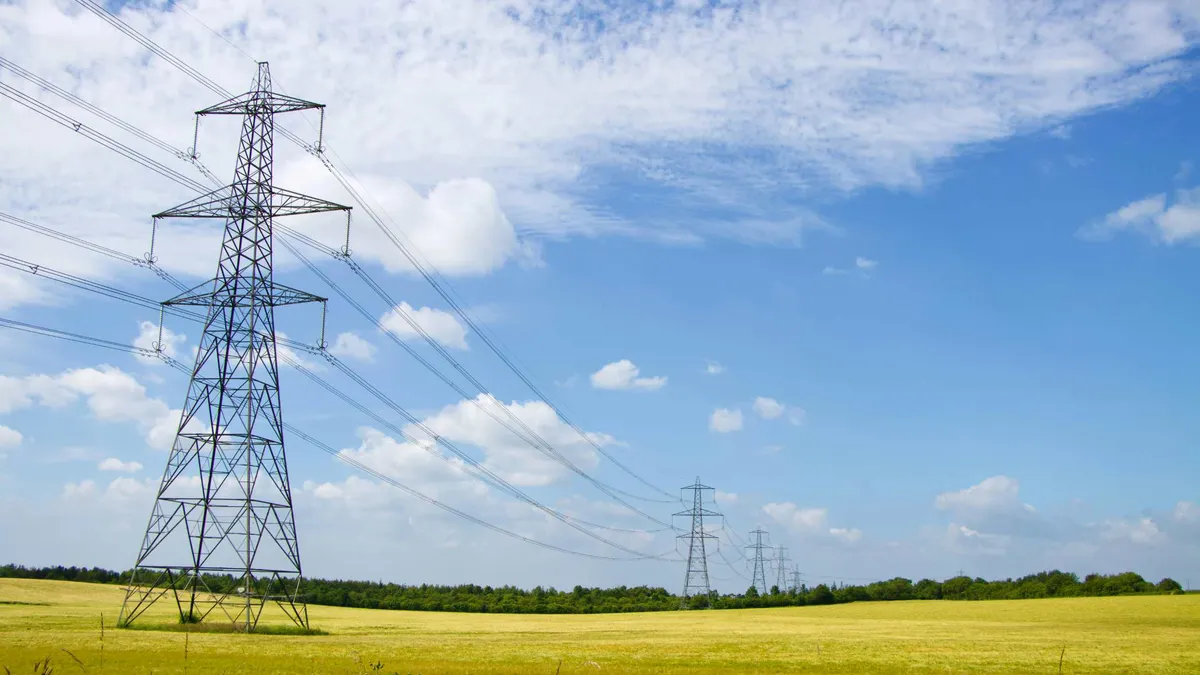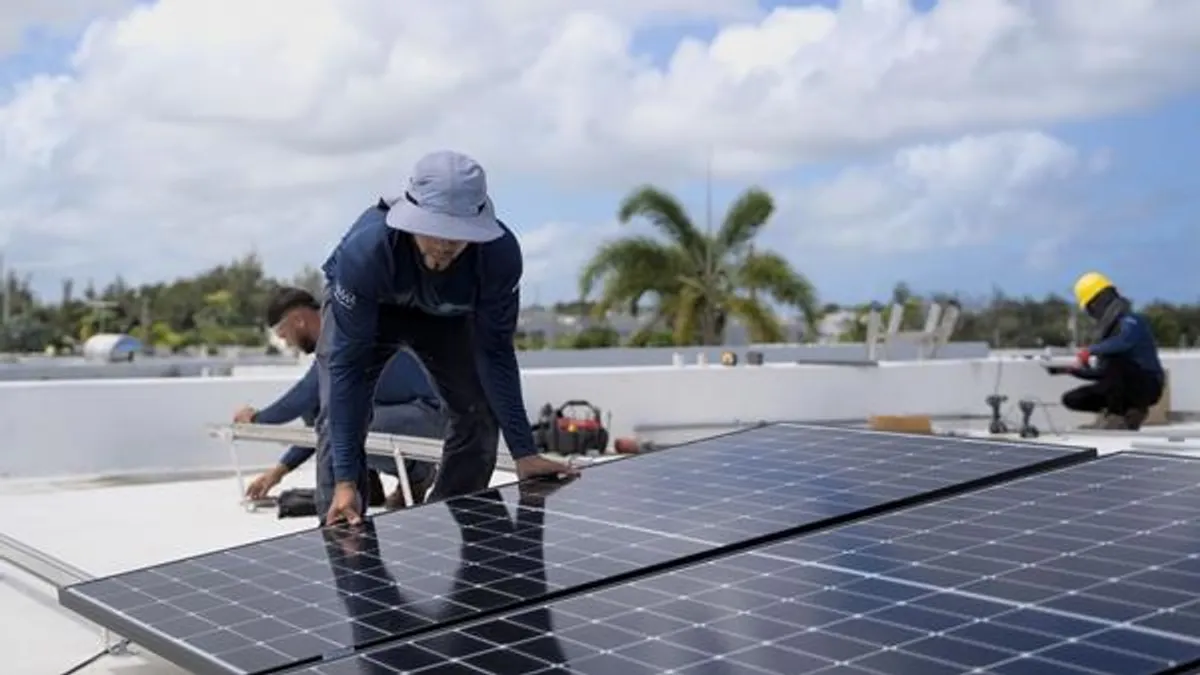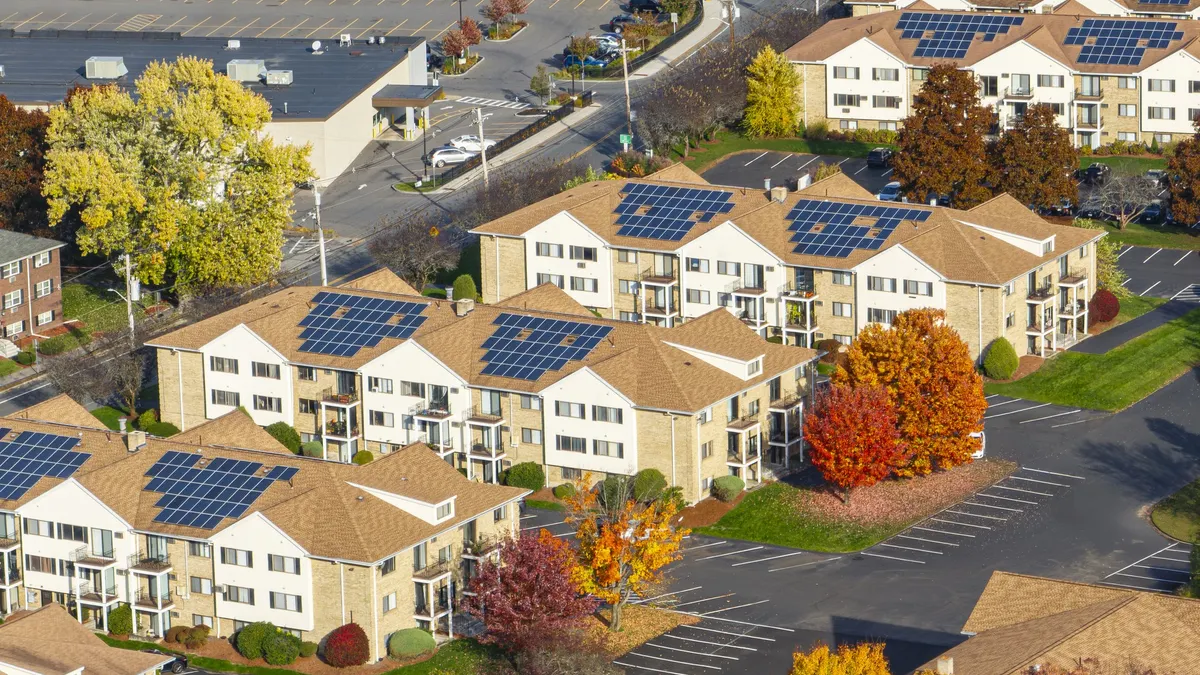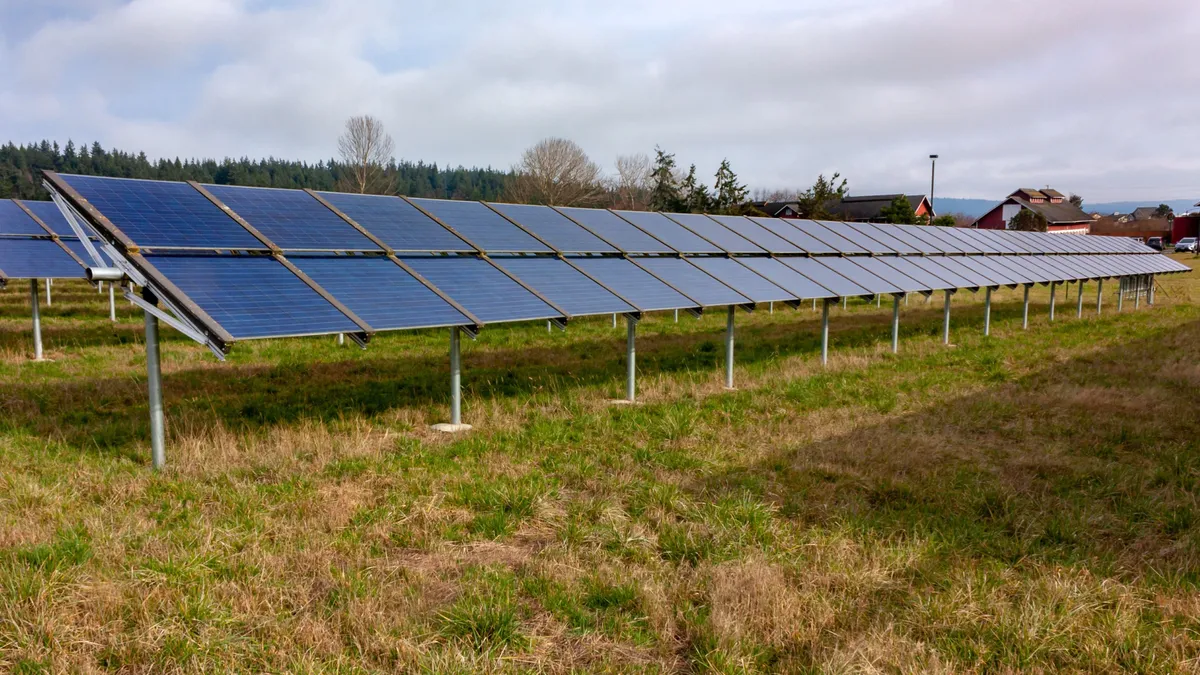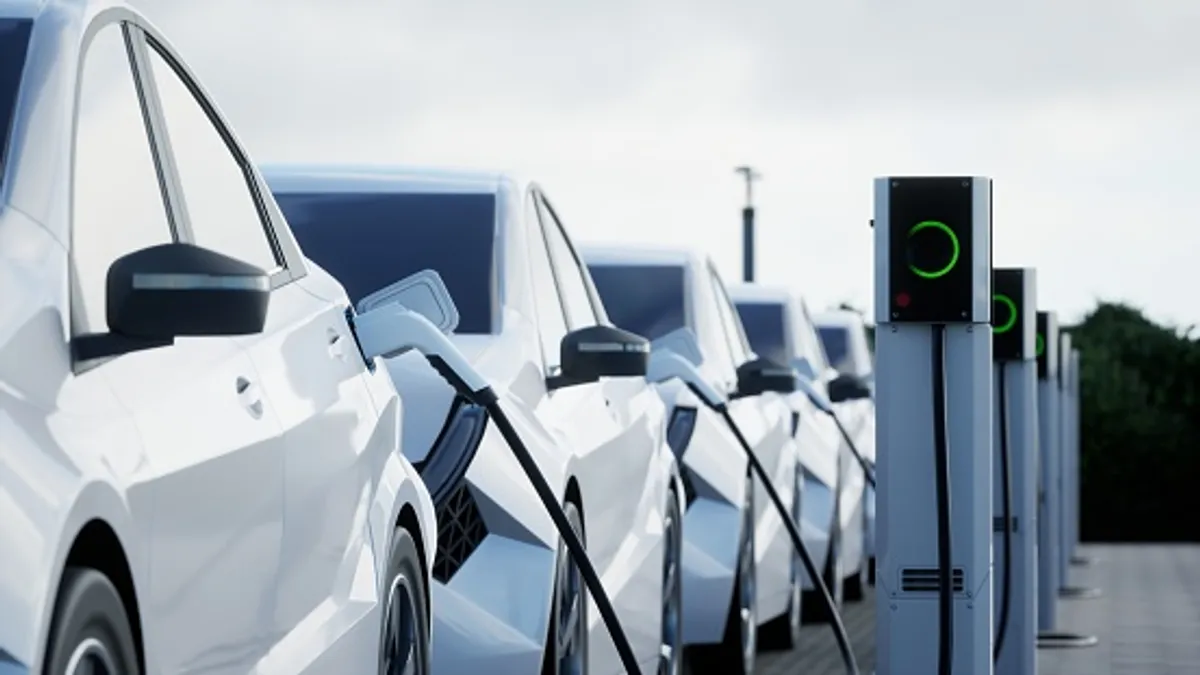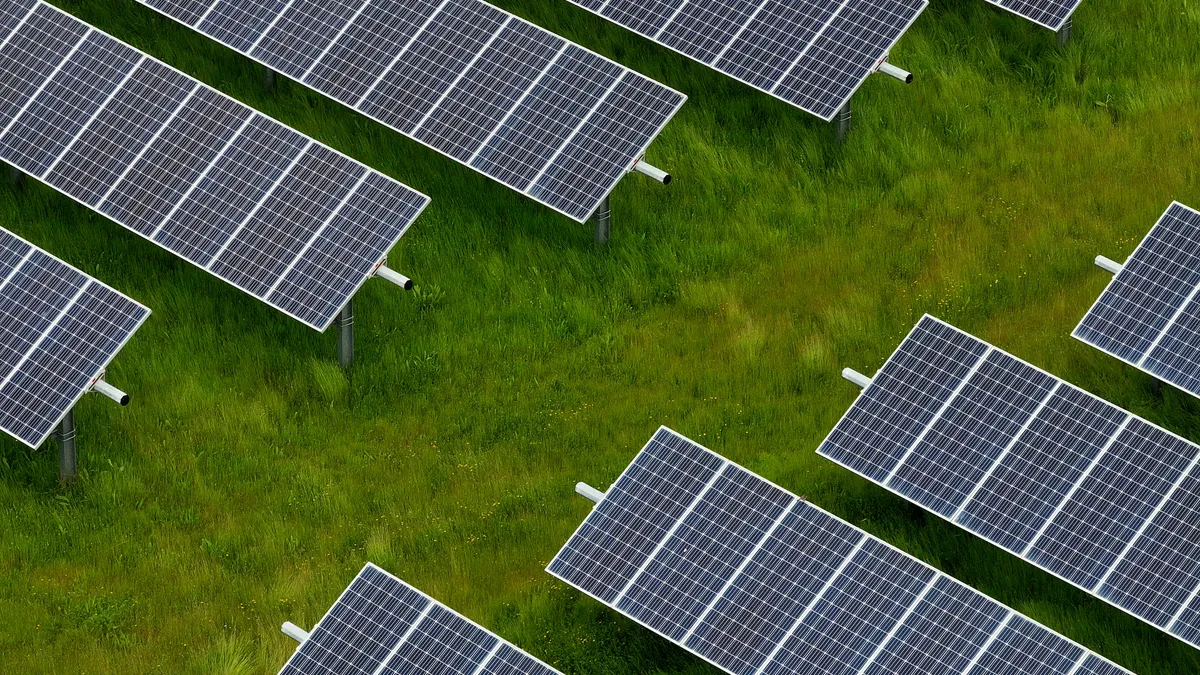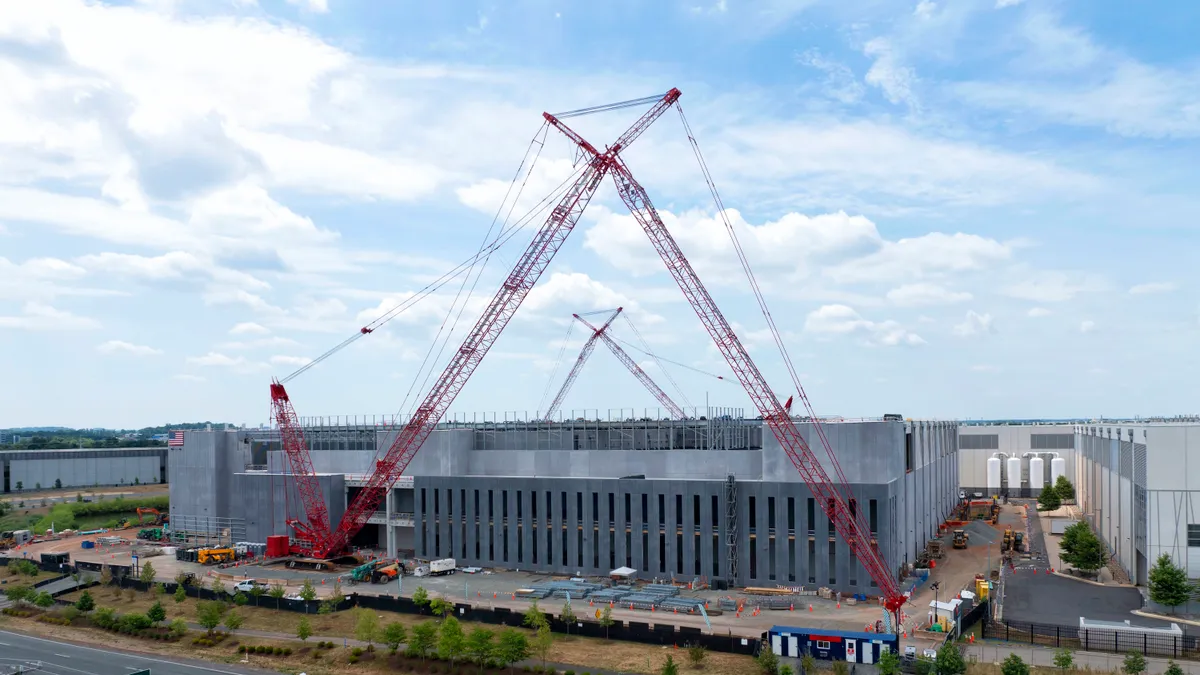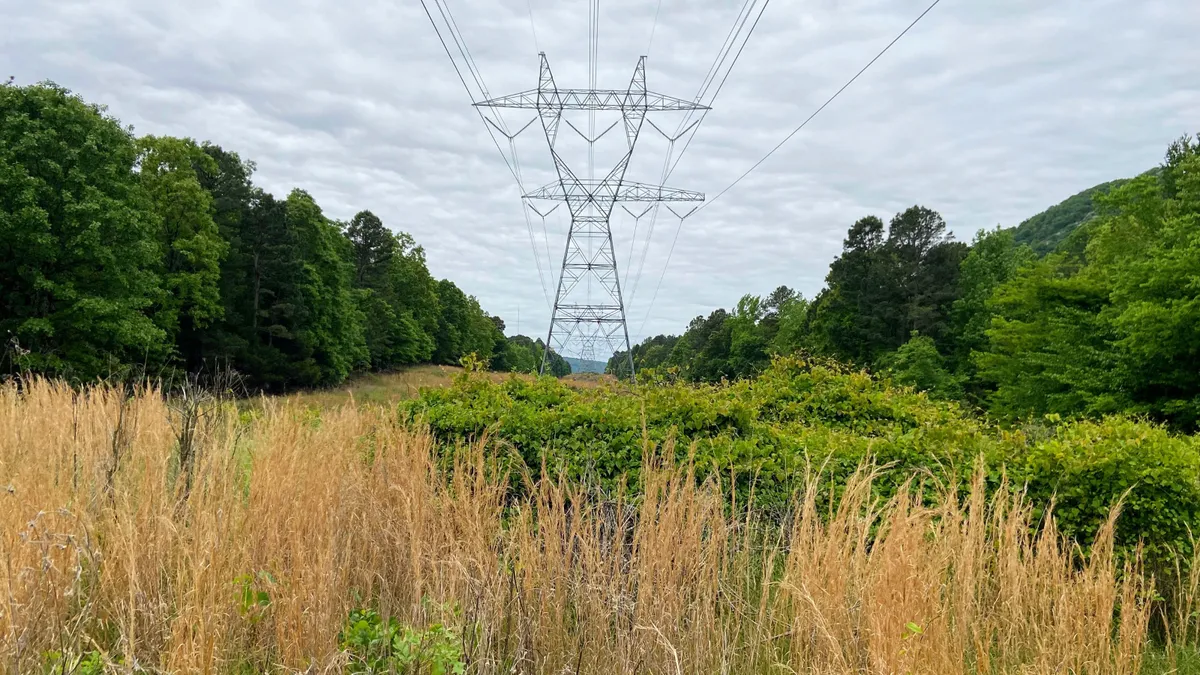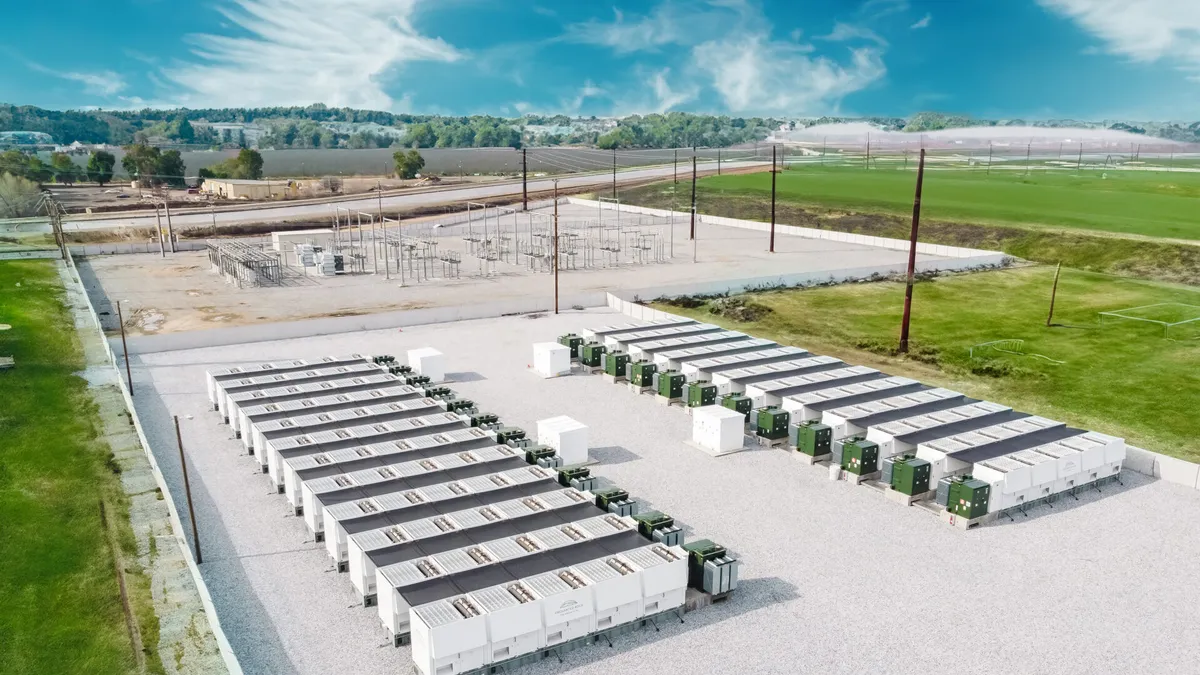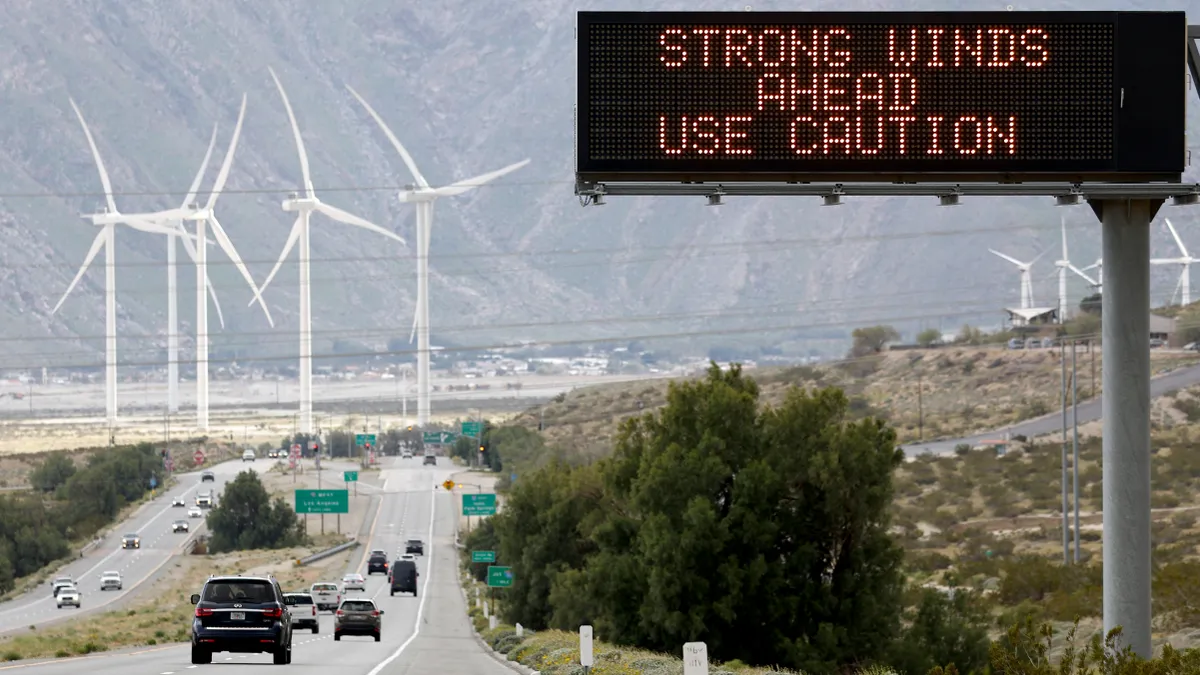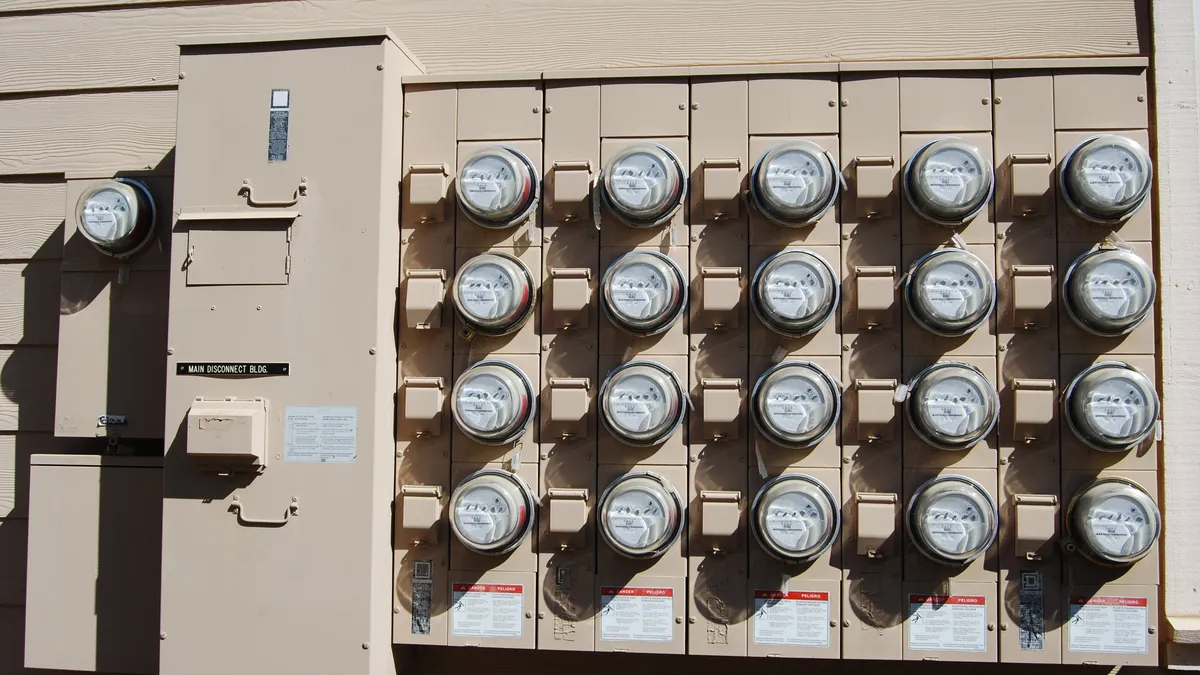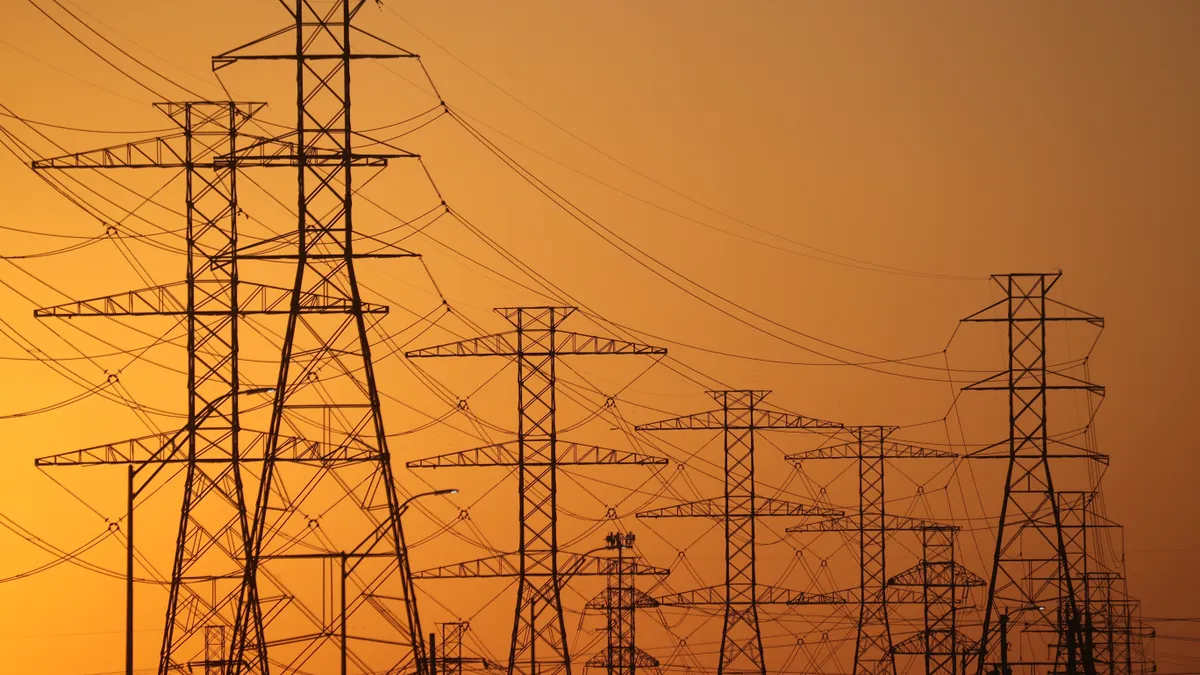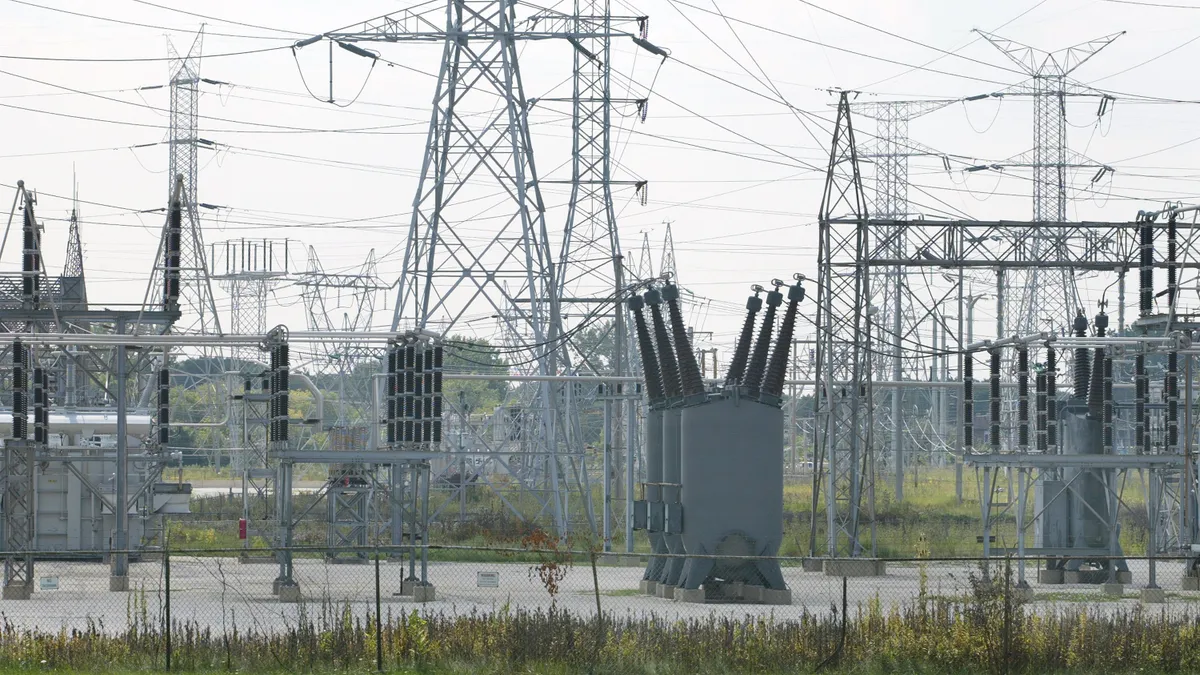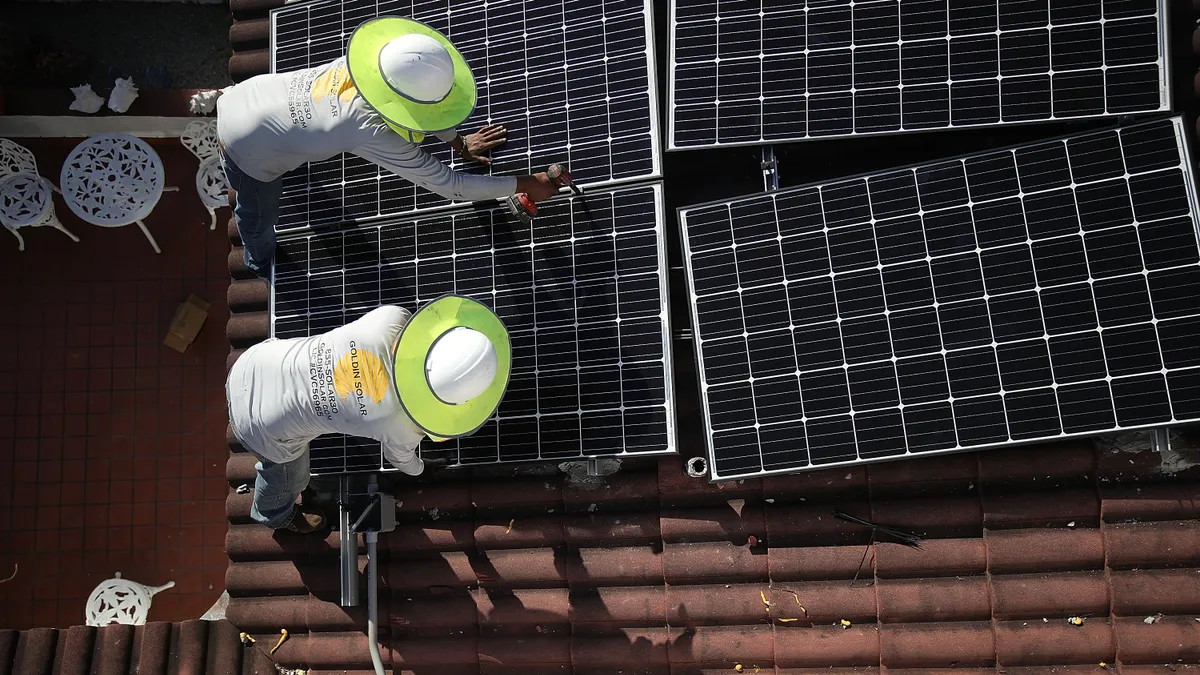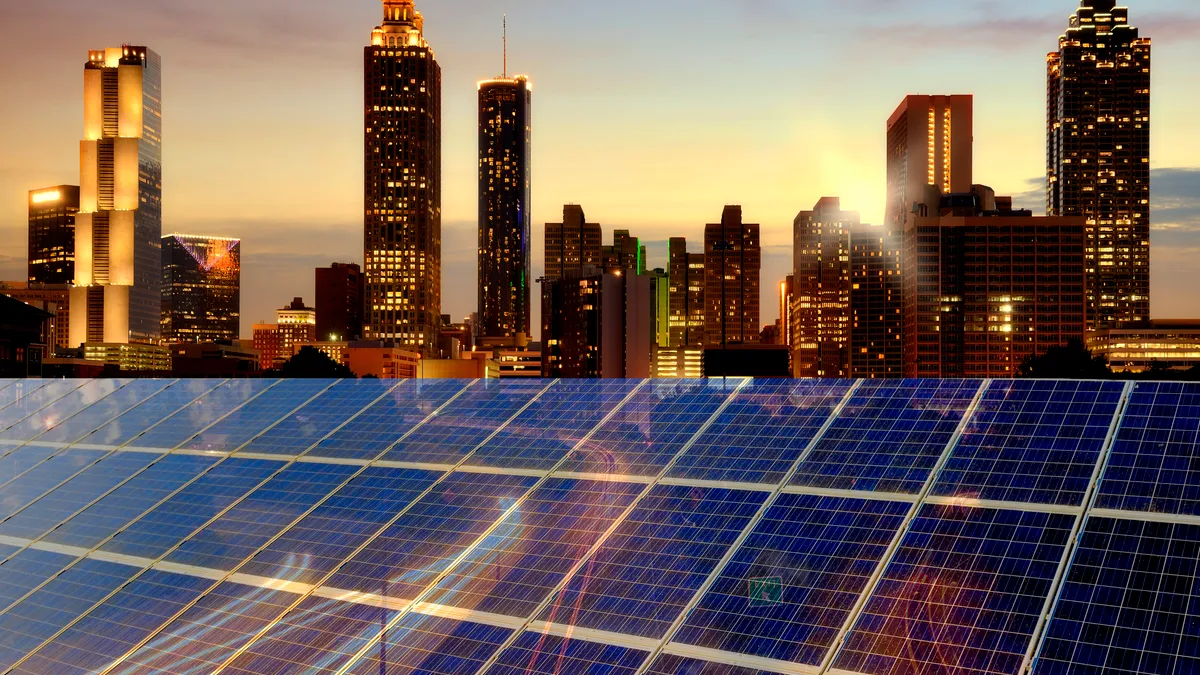Distributed Energy: Page 3
-
Opinion
AI and microgrids: Moving toward seamless, resilient energy solutions
By continuously analyzing current and projected energy production and demand, AI can optimize energy flows to ensure that power is distributed efficiently and at the lowest possible cost.
By Brad Meissner • May 28, 2025 -
Newsom proposes steep cuts to California grid reliability programs
The changes could undermine progress that's been made to shore up the state’s energy resources during emergencies, advocates say.
By Meris Lutz • Updated May 19, 2025 -
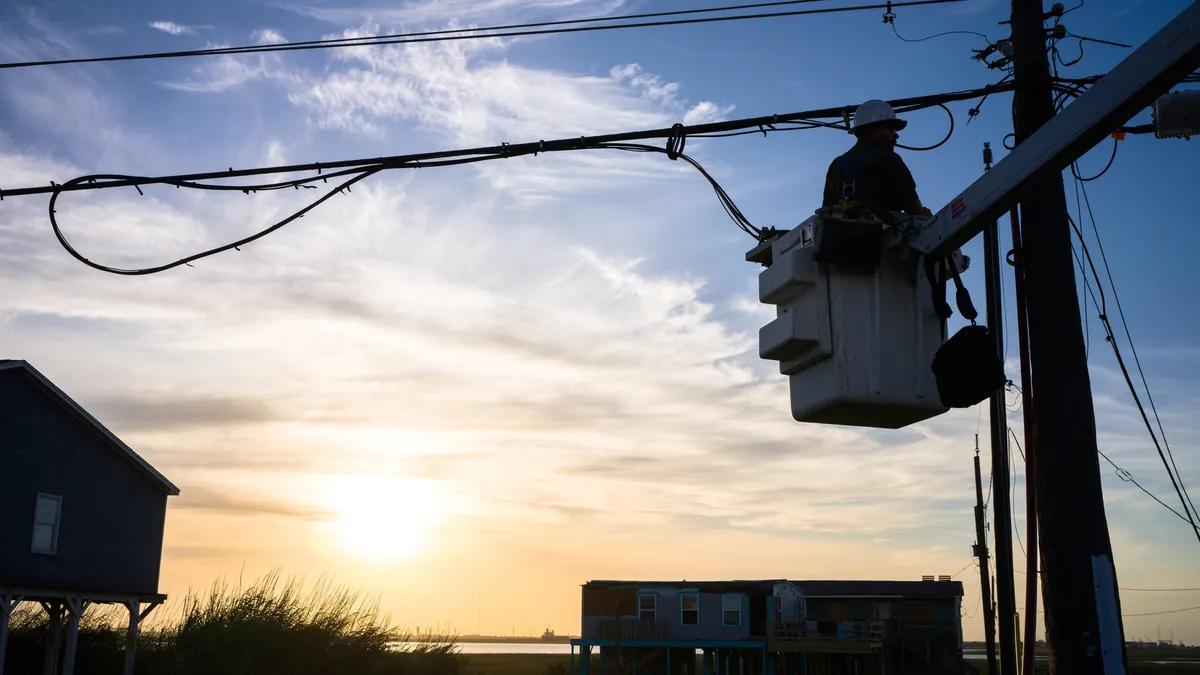 Explore the Trendline➔
Explore the Trendline➔
 Brandon Bell/Getty Images via Getty Images
Brandon Bell/Getty Images via Getty Images Trendline
TrendlineAI in the Power Sector
Artificial intelligence is uniquely positioned to impact the electricity industry from both ends: as the technology driving large load demand growth and as a tool with the potential to make the power system more efficient.
By Utility Dive staff -
Sponsored by Kraken
Why we need to move to self-healing energy systems
Globally, energy infrastructure built for a different era remains too vulnerable to disruption. We need to shift towards self-healing energy systems now — here's how.
By Devrim Celal, Chief Marketing and Flexibility Officer • May 19, 2025 -
Virginia utility-scale VPP pilot mandate is first amid national push
The new law requires Dominion Energy to propose a virtual power plant pilot to state regulators by December. Similar bills have been introduced in other states.
By Brian Martucci • May 12, 2025 -
Opinion
Puerto Rico’s rooftop solar boom is strengthening grid resilience — why is a federal board trying to stop it?
With thousands of new smart-enabled solar homes joining the grid each month, Puerto Rico is building a distributed, responsive network that can help manage grid fluctuations in real time.
By PJ Wilson • May 1, 2025 -
Opinion
Why customer engagement is the key to VPP success
What if one of the most powerful tools for strengthening the grid is already in customers’ garages, basements, driveways and businesses?
By Hannah Bascom • April 30, 2025 -
Deep Dive
EPRI’s Open Power AI Consortium plans to fuel grid modernization with data sharing
Utilities, tech companies and regulators are facing a conundrum: Utilities want to use AI, but AI needs access to unavailable utility data to be effective.
By Herman K. Trabish • Updated April 29, 2025 -
As Trump targets clean energy, will utilities embrace DERs and VPPs?
Though early Trump policies have been broadly unfavorable to utility-scale wind, solar and energy storage, experts are bullish on distributed generation and flexible loads.
By Brian Martucci • April 21, 2025 -
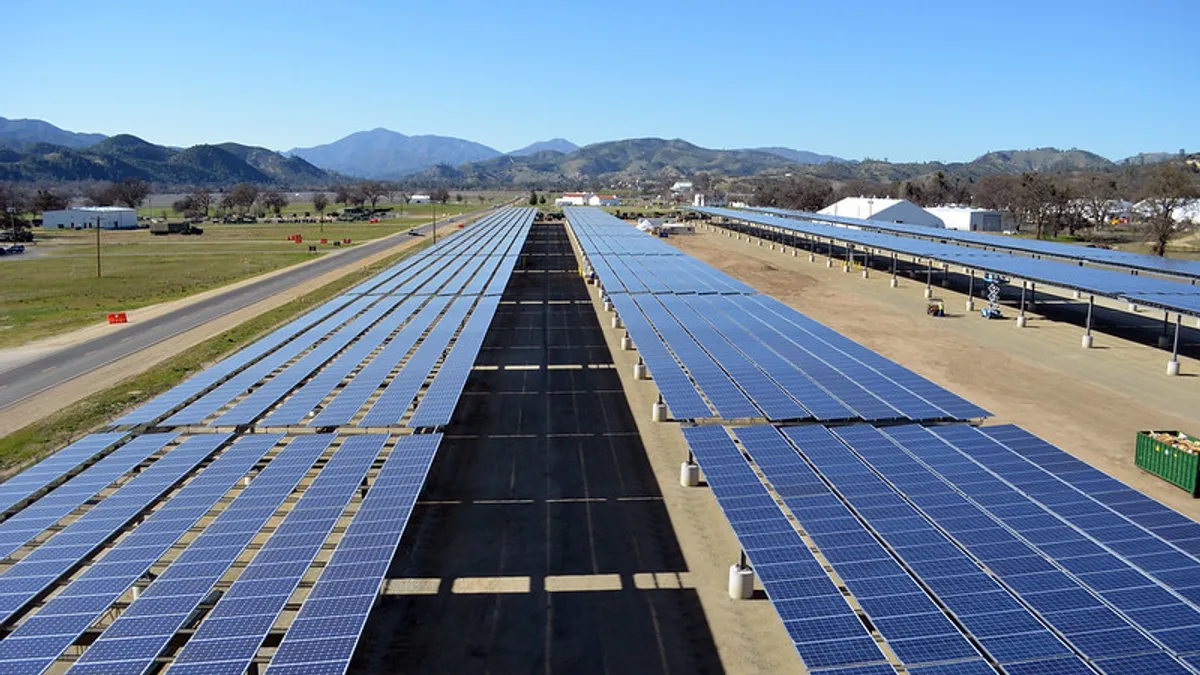
 Retrieved from US Army Corps of Engineers.
Retrieved from US Army Corps of Engineers. Opinion
OpinionWhy microgrids are the key to grid resilience
Amid evolving domestic and geopolitical landscapes, microgrids offer a reliable, cost-effective energy solution — advancing the nation toward energy independence and security for years to come.
By Nicole Bulgarino • April 15, 2025 -
Opinion
Utilities are shedding crocodile tears over community solar ‘cost-shift’
Regulators and utilities should compensate community solar fairly for the money-saving value those facilities and their subscribers bring to the grid system.
By Karl Rábago • April 14, 2025 -
Sponsored by ChargeScape
ChargeScape and the future of energy management
ChargeScape is an automotive joint venture providing EV-grid integration software to power utilities.
April 7, 2025 -
PG&E announces microgrid awards for $43M as Sunrun joins its 2025 VPP
The nine microgrid projects will serve about 9,000 customers in disadvantaged or vulnerable Northern California communities, the utility said.
By Brian Martucci • April 2, 2025 -
White paper points to carbon capture as possible data center solution
Pairing carbon capture with natural gas-fired generation could prove cost-competitive with other baseload options, like nuclear and battery storage, according to a Carbon Direct white paper.
By Emma Penrod • March 31, 2025 -
Sponsored by Technosylva
Harnessing climatology to avert tomorrow’s black swan natural catastrophe
Is the electric utility industry truly equipped to anticipate and mitigate these increasingly frequent catastrophes, particularly when it comes to wildfire and extreme weather?
By Steve Vanderburg, Vice President of Weather & Risk Solutions, Technosylva • March 31, 2025 -
Sponsored by Franklin Energy
But first, eat your vegetables: A guide to smarter load management
Smarter load management optimizes grid performance and efficiency. Discover strategies for balanced growth.
By Kyle Kichura • March 18, 2025 -
Microgrids called a low-burden way to ensure backup power
Facilities managers can lower upfront costs and avoid disruptive maintenance checks by subscribing to a resiliency-as-a-service platform, a microgrid executive says.
By Robert Freedman • March 17, 2025 -
IRA funding freeze has put ‘many’ clean energy projects on pause
The uncertainty created by the funding freeze has affected projects at “various stages of development,” a clean energy executive said on a recent press call.
By Lamar Johnson • March 7, 2025 -
Deep Dive
Avista, PG&E, Ameren AI demonstrations show great potential – but are other utilities ready?
New artificial intelligence and machine learning algorithms can optimize complexities across the power system if utilities and regulators can make data more accessible — and protect it, experts say.
By Herman K. Trabish • March 7, 2025 -
Opinion
10 years of grid modernization: Major progress, stubborn challenges
Improving energy affordability and grid reliability can guide the way on modernizing the grid for tomorrow’s challenges, according to Grid Forward’s Bryce Yonker.
By Bryce Yonker • Feb. 28, 2025 -
Opinion
Are utility demand response program costs outstripping their benefits in California?
California Public Utilities Commission policy has been pushing customers to choose utility-run supply-side DR programs over third-party options that face pressure to keep costs low.
By Collin Smith • Feb. 24, 2025 -
AEP expects electric sales to jump 8.6% annually over 3 years
American Electric Power is in the early permitting phase for small modular reactors in Indiana and Virginia as data centers and industrial facilities drive demand for power.
By Ethan Howland • Feb. 18, 2025 -
2024 ‘a pivotal year’ for virtual power plant policy: report
Following 105 policy actions nationwide last year, 2025 could see continued momentum as load begins to grow, the NC Clean Energy Technology Center and the Smart Electric Power Alliance say.
By Brian Martucci • Feb. 12, 2025 -
Deep Dive
Transformer supply bottleneck threatens power system stability as load grows
Electric transformers are critical to managing power system reliability. Solutions to the bottleneck are emerging, but long wait times remain.
By Herman K. Trabish • Feb. 12, 2025 -
EPA funding freeze endangers $7B Solar For All program
“We don't know how much money got out the door, we don't know how much money the administration can seek to claw back,” said Vote Solar’s executive director, Sachu Constantine.
By Diana DiGangi • Feb. 6, 2025 -
Opinion
Electricity is the next energy crisis
Electricity demand and distribution technologies won't solve the entire problem, but they can provide immediate relief.
By Juan Macias • Feb. 6, 2025

